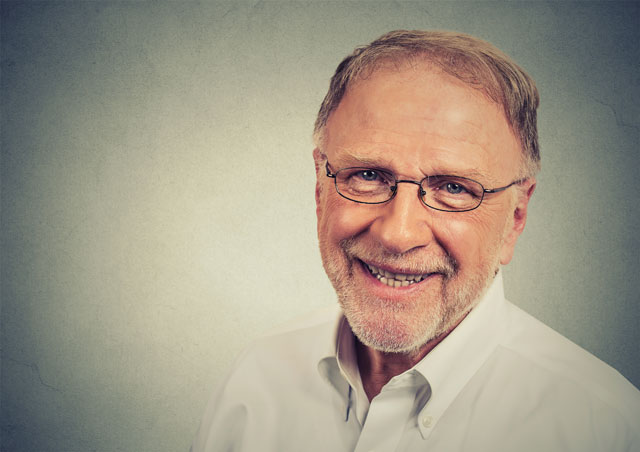Resolve to Have a Better Attitude About Aging

Those of us in the field of aging have seen a big change in the ways we think and talk about growing older. There’s been a movement toward empowerment, toward helping everyone remain as independent, active and engaged as possible, even as they face physical and intellectual challenges. With our increased longevity, this is so important to individuals, families and our society as a whole.
But, says a new report released by the American Geriatrics Society, general public opinion has not kept up with this evolution. And this can be a barrier in the way of improved supports and solutions for promoting good quality of life for seniors.
The report was created by Leaders of Aging Organizations (LAO), a collaborative of aging expert groups. Titled “Gauging Aging: Mapping the Gaps between Expert and Public Understanding of Aging in America,” the report is intended “to reclaim the social narrative on what aging really means by building better perceptual connections between health care experts, advocates, and the thousands of Americans who turn 65 every day.”
The report showed that while improved healthcare and support services have improved the lives of seniors today, allowing them to be productive and independent longer, negative attitudes about aging persist. The report identified several areas of misperception, where the public believes that aging is…
- Someone else’s problem. Instead of perceiving aging as an inherent aspect of development, people tend to focus on “the aged” as an “otherized” group to which they do not belong.
- Undesirable. The public associates aging with decline and deterioration. A large percentage of interviewed individuals emphasized their belief that capability “faded away” with time.
- Inevitable. For most, this “fading away” also is tied to a strong sense of inevitability—a resignation to “slowing or breaking down” as a central aspect of growing old.
- Isolated. A majority of the public perceives old age not only as an outside obstacle or opponent, but also as a personal or familial problem and not a challenge that society shares.
- Fatalistic. Intimately tied to these perceptions are fears of decline, depression, and dependence. Such fears not only imbue the aging process with dread, but also impede support for policies and solutions that actually address the challenges (and opportunities) associated with age.
- Out of sight and out of mind. Fear and misperception ultimately fuel a lack of attention to older adult health. But keeping aging “off the radar” does little to remedy impediments to health as we grow older.
“Aging is something we all experience. It isn’t a barrier or a battle, but it is a characteristic of who we are—and who we are becoming—and it needs to be reflected in public thinking, public policy, and public discourse,” said Eric Lindland, PhD, a senior researcher with the nonprofit FrameWorks Institute and a lead author of the report. “Not surprisingly, that type of change begins with the public—or more specifically, with our ability to convey a truer vision for what aging in America really means for us all.”
Source: IlluminAge AgeWise reporting on news release from the American Geriatrics Association. Read the full “Gauging Aging: Mapping the Gaps between Expert and Public Understanding of Aging in America” report here.
![Health Concepts [logo]](https://healthconceptsltd.com/wp-content/themes/healthconcepts-corporate/images/logo.png)
